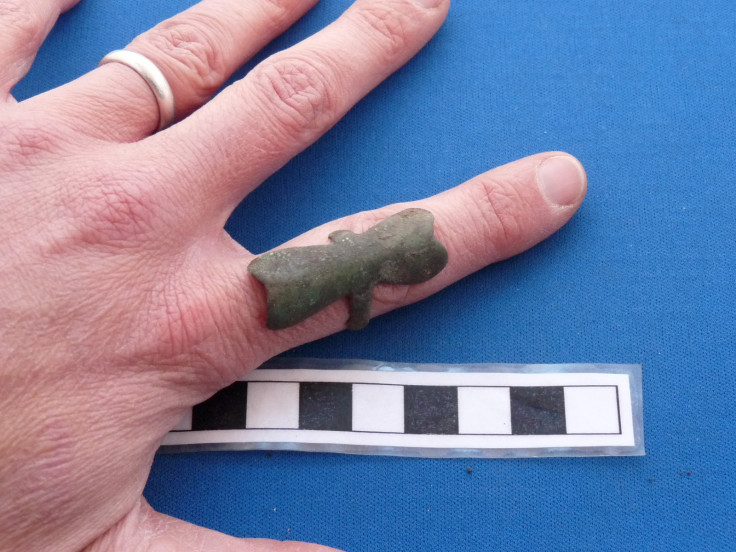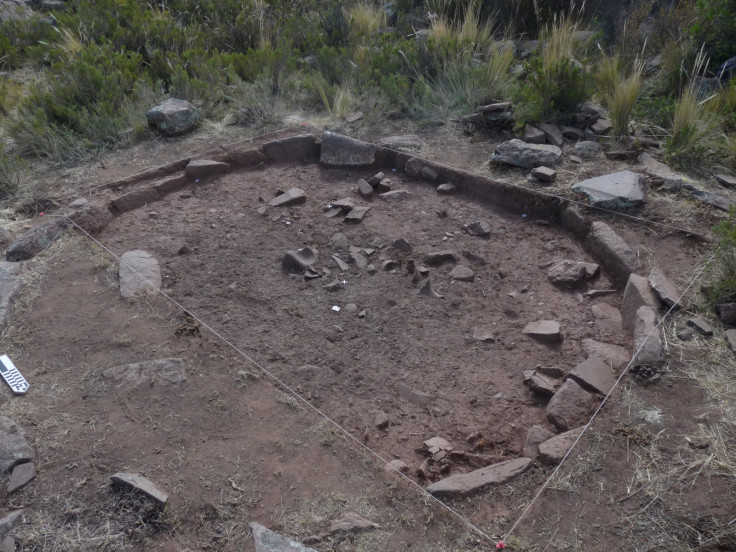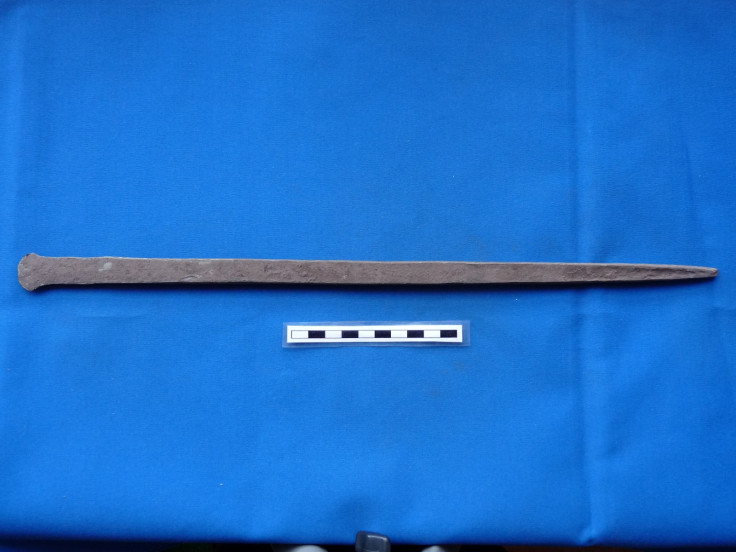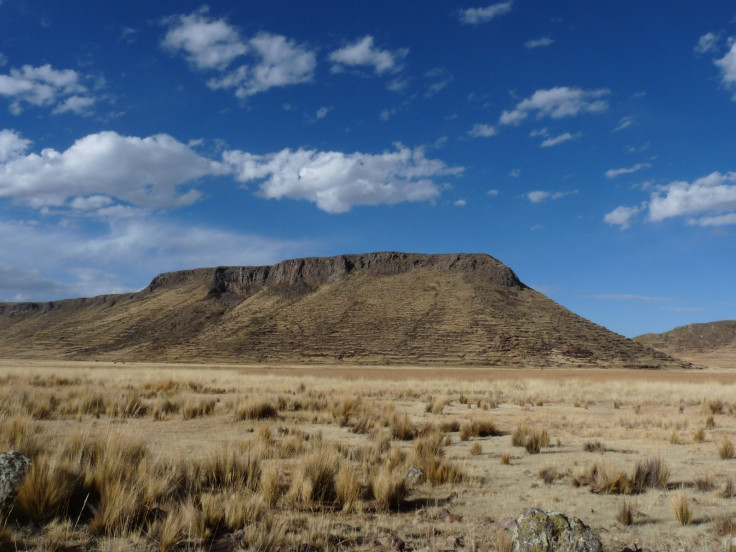Treasure trove of bronze and copper reveals incredible speed of flash Inca invasion
Bronze jewellery, stone tools and intact pottery were abandoned as the native Colla people fled.
Around 1450 CE, the Incas attacked so fast that many of the Colla people of the hill fort of Ayawiri in Peru didn't have time to take their valuables with them as they abandoned their homes.
Putting a number on how quickly people abandoned settlements hundreds of years ago is tricky using methods like radiocarbon dating, which are not very precise on those time scales. Another, less hi-tech but potentially more revealing method is to look at what people left behind after they fled. Did they have time to pack and clear out all their belongings, or were they forced to leave with little more than the clothes they were wearing?
Ayawiri was a large town in the southern central Andes of a thousand or so inhabitants in the early 15th Century. It is perched on top of a steep, flat-topped hill, surrounded by grassy plains. Excavation of Ayawiri has painted a picture of sudden, rushed departure when the Incas invaded, according to a paper published in the Journal of Field Archaeology.
Bronze jewellery, hefty metal tools and intact pottery were all left in the site's round stone houses, buried in less than a foot of soil.
"There's quite a lot of copper and bronze, in the form of personal adornment, pins and little clasps that would have hung on people's clothing. We also found a couple of rings and pieces of bracelet," study author Elizabeth Arkush of the University of Pittsburgh told IBTimes UK.
Finding such a rich collection of metal objects is relatively rare in abandoned settlements, Arkush said.

"Even if a metal object is broken, you can melt or hammer it into something else. You can always recycle metal. People keep and travel with it – in pre-modern times that metal was almost always a valuable object."
Not only metal, but valuable ceramics and stone tools were also left at the site.

"Things like useable pots and stone tools and axes probably weren't worth as much as metal but they were useful. They're the kinds of things you would take with you if you could, just like you take your pots and pans with you when you move house."
It's likely that at least some residents of Ayawiri knew of the invasion a day or so in advance and prepared to leave. Some houses of the town that were of high status but had very few objects left in them. Others had many valuables left, indicating they knew only hours in advance.

Exactly where the Colla people went after they fled the town is less certain, Arkush said.
"We can see a changing pattern of settlements in the region in this period. People began living out in countryside in smaller settlements than they used to live in. In general there was a shift to a more rural life," she said. "But exactly where the people of Ayawiri went, we don't know."

© Copyright IBTimes 2025. All rights reserved.






















